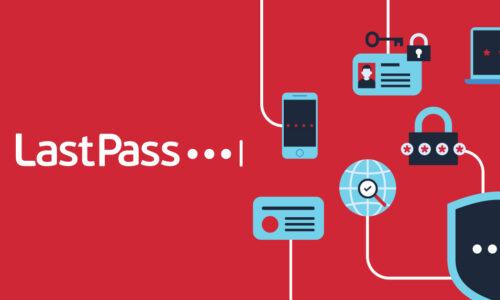
Our pick for this week's question for the LastPass team:
If I use multifactor (or "two factor") authentication, what happens if I lose my device or phone? - Jim T.
We strongly encourage the use of multifactor authentication with your LastPass account. To recap, multifactor authentication refers to the requirement that a user enters two forms of data before being allowed access to an account. In the case of LastPass, you enter your email address and master password, then you're required to enter the code, one time password, or other data of the multifactor authentication method you have selected. See our recent blog post for more information.
Once you've enabled multifactor authentication, if you lose your device or phone that you use as your multifactor authentication method, there are steps you can take to regain access to your LastPass vault.
Use the Disable Option
The next time you login to LastPass you'll be prompted to supply your multifactor authentication information, but you can click the option to "disable" the multifactor authentication.Launch the Disable Link
An email will then be sent to your account email address. When you login to your email, you can launch the link sent to you by LastPass, and complete the disabling of your multifactor authentication.Enable a Security Email Address for Added Protection
If you use your account email address as your primary email address, you may consider enabling a "security email address" with your LastPass account. The "security email address" is another email that you designate in your LastPass settings (from your vault, click the "Settings" menu, then "Security" tab). This email address would be used to receive other notifications besides your multifactor authentication disable email, including your:- Password hint email
- Account recovery email
- History removal verification email
- Reverting Master Password change verification email
- Abuse / Blacklisted IP notifications




